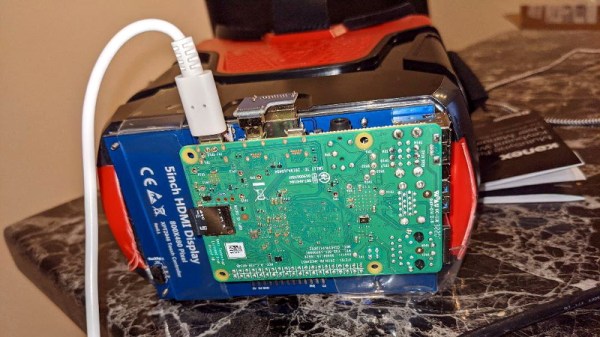Flying a first-person view (FPV) remote controlled aircraft with goggles is an immersive experience that makes you feel as if you’re really sitting in the cockpit of the plane or quadcopter. Unfortunately, while your wearing the goggles, you’re also completely blind to the world around you. That’s why you’re supposed to have a spotter nearby to keep watch on the local meatspace while you’re looping through the air.
But what if you could have the best of both worlds? What if your goggles not only allowed you to see the video stream from your craft’s FPV camera, but you could also see the world around you. That’s precisely the idea behind mixed reality goggles such as Apple Vision Pro and Meta’s Quest, you just need to put all the pieces together. In a recent video [Hoarder Sam] shows you exactly how to pull it off, and we have to say, the results look quite compelling.
Continue reading “FPV Flying In Mixed Reality Is Easier Than You’d Think”
















